Picture this: every plastic bottle, toy, packaging wrap, and even your phone case—somehow, they’re all tied back to a handful of super-sized companies. While the world debates climate and plastic pollution, giant manufacturers keep rolling out more plastic each year than the combined weight of every person on the planet. With billions at stake, there’s a fierce race at the top—and one company sits higher than the rest.
Meet the Biggest Plastic Manufacturer: Who Really Rules the Market?
When you ask, “Who is the biggest plastic manufacturer?” one name pops up, dominating headlines, trade fairs, and even your own grocery runs: ExxonMobil Chemical. In 2024, ExxonMobil’s chemical arm led global production, pumping out over 28 million metric tons of plastic resins and polymers. That’s enough to blanket entire countries in shrink-wrap, if you’re counting! This American heavyweight isn’t alone—close contenders include the likes of Dow, Sinopec, LyondellBasell, and SABIC. But repeatedly, ExxonMobil edges ahead in volume, revenue, and global reach.
How does a company get this big? For starters, ExxonMobil sits at the crossroads of oil and gas, meaning it has a nearly endless feedstock supply for plastic production. Most plastics are made from petrochemicals, and ExxonMobil owns the oil, the refineries, and the know-how to turn them into everything from simple bags to complex medical equipment. It’s basically a plastic-making machine that never shuts off.
A head-turning fact: according to a 2023 report from the Minderoo Foundation, just 20 petrochemical companies account for more than half of all single-use plastic waste produced globally, and—you guessed it—ExxonMobil tops the chart. The company’s products end up in packaging, cars, construction, electronics, and pretty much every corner of our lives. One in every ten plastic items you touch could easily trace its roots back to these corporate giants.
The others in this exclusive club? Dow Chemical (USA), with almost 20 million tons of annual production, LyondellBasell (Netherlands/USA) with 15 million tons, and China’s Sinopec and Saudi Arabia’s SABIC, each sitting comfortably above 10 million tons. Not only do they manufacture, they also invest billions in research, chasing increasingly efficient and innovative processes.
Want some numbers? Here’s a snapshot from 2023:
| Company | Headquarters | 2023 Plastic Output (million tons) | Main Products |
|---|---|---|---|
| ExxonMobil Chemical | USA | 28 | Polyethylene, Polypropylene, Polystyrene |
| Dow Inc. | USA | 20 | Polyethylene, Polyurethane |
| LyondellBasell | Netherlands / USA | 15 | Polypropylene, Polyethylene |
| Sinopec | China | 12 | Various Plastic Resins |
| SABIC | Saudi Arabia | 11 | Polycarbonate, Polyethylene |
It’s not just about who makes the most, but who influences trends, innovation, and even regulation in the world’s plastic industry. The push and pull between these global titans shape everything from your weekly shopping bag to the insides of your car dashboard.
Inside the Giant’s Factory: How They Make So Much Plastic
Step into a mega-plant and it feels like the set of a sci-fi movie—pulse-quickening machines, endless threads of melted resins, rivers of pellets, and robotic arms guiding products down the line. Most plastics start with a byproduct of crude oil or natural gas. For ExxonMobil and its rivals, the magic begins with cracking, where hydrocarbons are heated to insane temperatures to split them into simpler molecules—which become building blocks for different types of plastic.
The scale is breathtaking. Beyond kilometers of steel pipes and clattering conveyor belts, there’s a city’s worth of sensors carefully tracking every degree and pressure change. Giant towers called reactors—some as tall as 10-story buildings—handle high-pressure chemical reactions to create polymers. It’s not the messy, casual melting of plastic you might remember from your school science fair. Every step is optimized, supervised, and backed by massive computers running 24/7.
What types of plastics do these giants mainly churn out? Polyethylene (PE), the most common plastic, makes up bags, containers, and wraps; polypropylene (PP), found in car parts, packaging, and appliances; and polystyrene (PS), behind cups and insulation. Some units can switch products on the fly, letting companies chase whatever’s in demand—sometimes within hours.
Energy is the lifeblood here. These sites suck in gigawatts of power—compare it to a medium-sized city running on full blast. Outages aren’t just inconvenient, they can cost millions per minute. That’s why most large companies have backup plants or their own dedicated power stations. The security—physical and cyber—is tighter than you’ll see at most airports.
Here’s a tip for the curious: some of these manufacturers offer virtual plant tours online. If you fancy a look, check out Dow, SABIC, or BASF’s digital experiences to see the inside of their plastic wonderlands. You probably won’t see the recipe secrets, but you will get a sense of the scale at which global plastic manufacturing operates—and maybe a glimpse into the future of automation in industry.

Why They Lead: The Formula for Mega-Scale Success
Sure, it’s about volume—but it’s also about who gets ahead on tech and efficiency. The largest players don’t just rely on brute force. Their secret weapon is often innovation. ExxonMobil, Dow, and the rest pour billions into research, creating stronger, lighter, and more environmentally friendly plastics. Years ago, producing a new polymer could take a decade; these days, thanks to AI-based simulation, advanced catalysis, and high-speed prototyping, it’s possible to turn a lab concept into a factory product in under 24 months.
Size brings bargaining power. With operations in dozens of countries, these giants lock in long-term deals for transport, raw materials, and even government incentives. That’s how they keep prices low, even as oil markets jump and tumble. Their research teams scour for ways to recycle, reuse, and reduce the carbon footprint, too—partly because customers (think Apple, Unilever, or Volkswagen) are demanding cleaner credentials for their own brands.
Want to peek behind the curtain? One trick is how they tweak their production strategies based on real-world events. Hurricanes in the Gulf of Mexico? Dow and ExxonMobil flip supply chains like a Rubik’s Cube. Surges in demand from China or Europe? LyondellBasell and Sinopec fire up extra lines, and you’ll see that ripple all the way back to store shelves around the globe.
Another reason these companies dominate: vertical integration. They control every step, from pumping oil out of the ground to shipping finished plastics. That means fewer surprises and more profit. Plus, they invest in relationships—working with car makers, electronics giants, and supermarkets. If you see a sudden trend, like clear water bottles replacing colored ones, chances are it started as a whisper from a plastic supplier’s innovation lab.
If you’re in the business, here’s a pro tip: follow these companies’ annual and quarterly reports. Apart from dry numbers, you’ll find clues to which materials are on the rise, how geopolitical shifts might hit prices, and which new eco-friendly plastics they might launch next. Even if you never work in a chemical plant, their moves set the direction for billions of plastic products you’ll find in everyday life.
Shaping the World: The Impact and Future of Massive Plastic Production
It’s impossible to talk about the biggest plastic manufacturer without facing the elephant in the room: the world’s plastic crisis. All that cheap, handy, and endlessly versatile material adds up. Today, humans produce over 430 million tons of plastic each year. And yes, most of it comes from just those “Top 20” makers, with ExxonMobil leading the pack.
According to a 2024 Statista overview, nearly 40% of all plastic is for packaging – something used for a day, then tossed. Yet aside from environmental challenges, plastic’s still vital: it keeps food safe, saves lives in hospitals, insulates homes, and even makes cars lighter—cutting fuel use.
How are the big players responding? Sustainability is the industry’s buzzword. ExxonMobil claims it’s developing “advanced recycling” to convert waste plastic back to usable raw material. Multinational projects in Singapore, Texas, and Europe promise to recycle hundreds of thousands of tons a year, although critics say the tech still has a long way to go. Dow and BASF are working on biodegradable or compostable alternatives. SABIC invests in plant-based resins. The global Plastic Pact, joined by almost all the top dogs, is a voluntary commitment to design for recycling and use more recycled content by 2030.
But changing the world’s relationship with plastic isn’t just about science—it’s also about regulation and consumers. More countries are banning single-use plastics. Major cities are taxing or phasing out plastic bags. Consumer demand for “greener packaging” is nudging the biggest manufacturers to do more than just make the cheapest product. Investors watch for company efforts to cut carbon footprints, track ESG (environmental, social, governance) scores, and support climate pledges instead of fighting them.
If you care about the future, here’s a practical tip: check packaging for recycled content symbols or seek out products labeled “BPA-free”. These small changes add up. And if you’re part of a business, align your brand with suppliers working on circular economy models and responsible sourcing. The global marketplace is starting to pay real attention.
Plastic’s future? Likely still dominated by today’s biggest names—but with more competition from new players in Asia, the Middle East, and possibly innovative startups with disruptive, greener tech. For now, the world’s single biggest plastic manufacturer shapes not just the products we use, but the planet we live on.


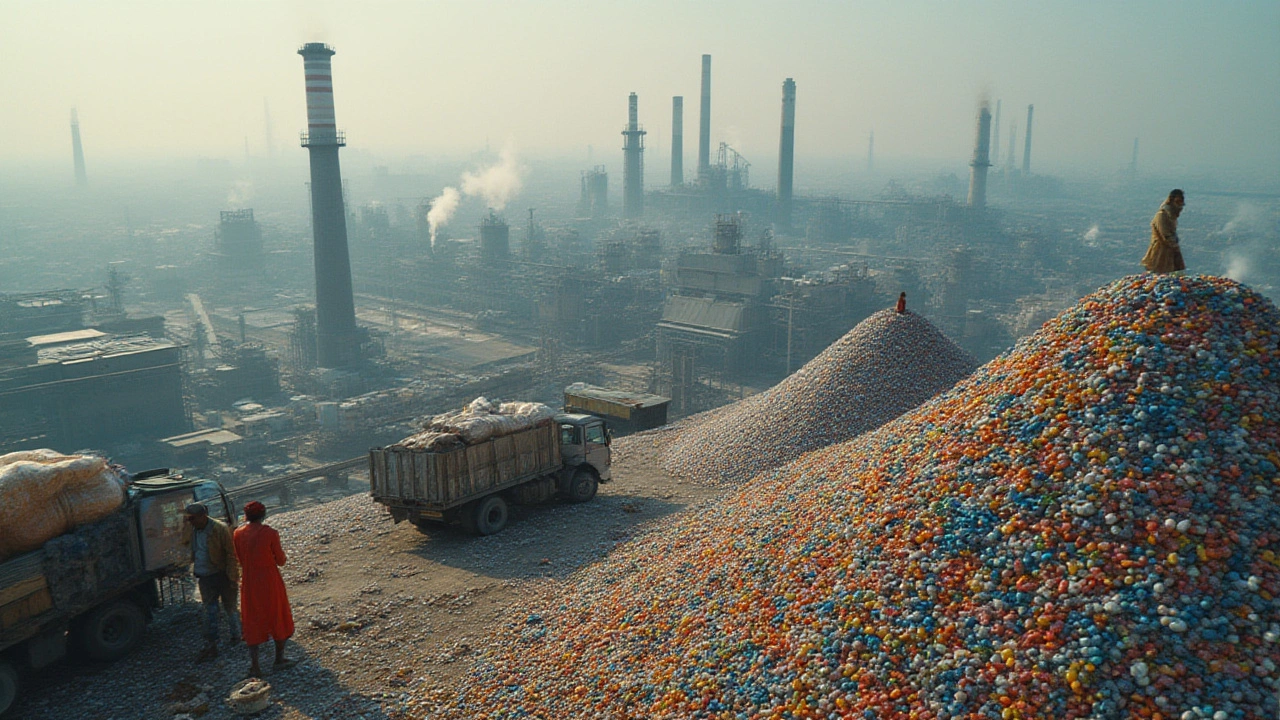


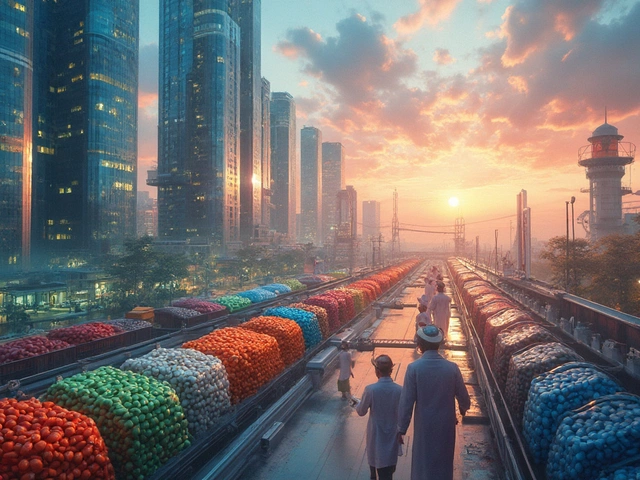
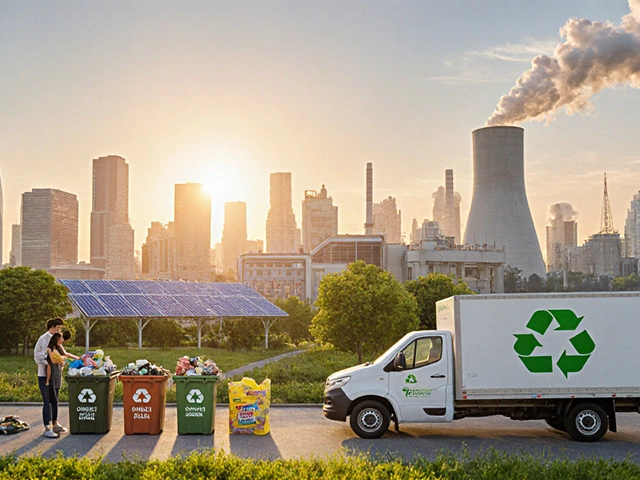
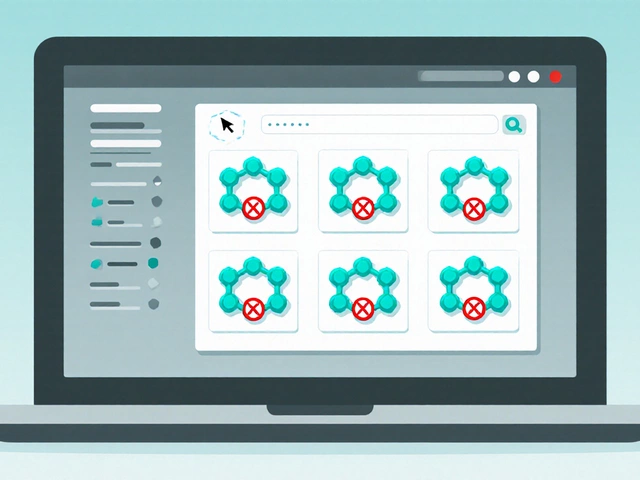
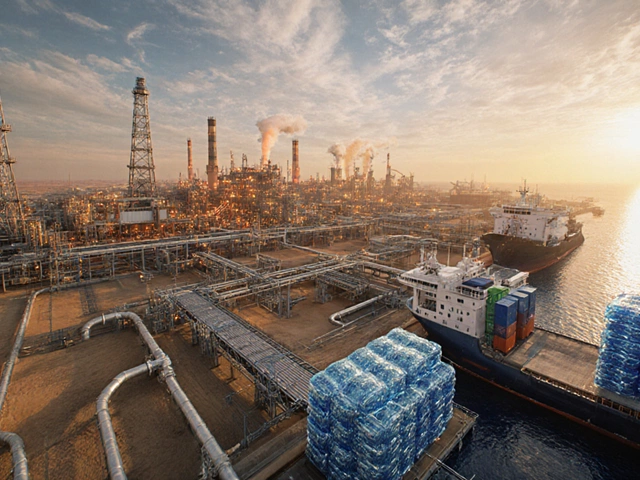

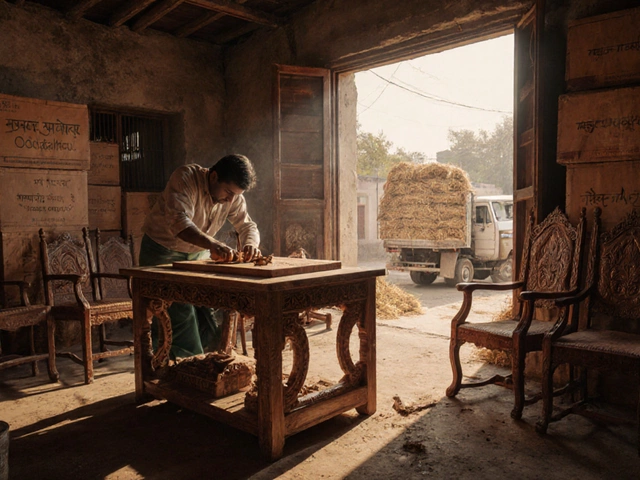
Write a comment